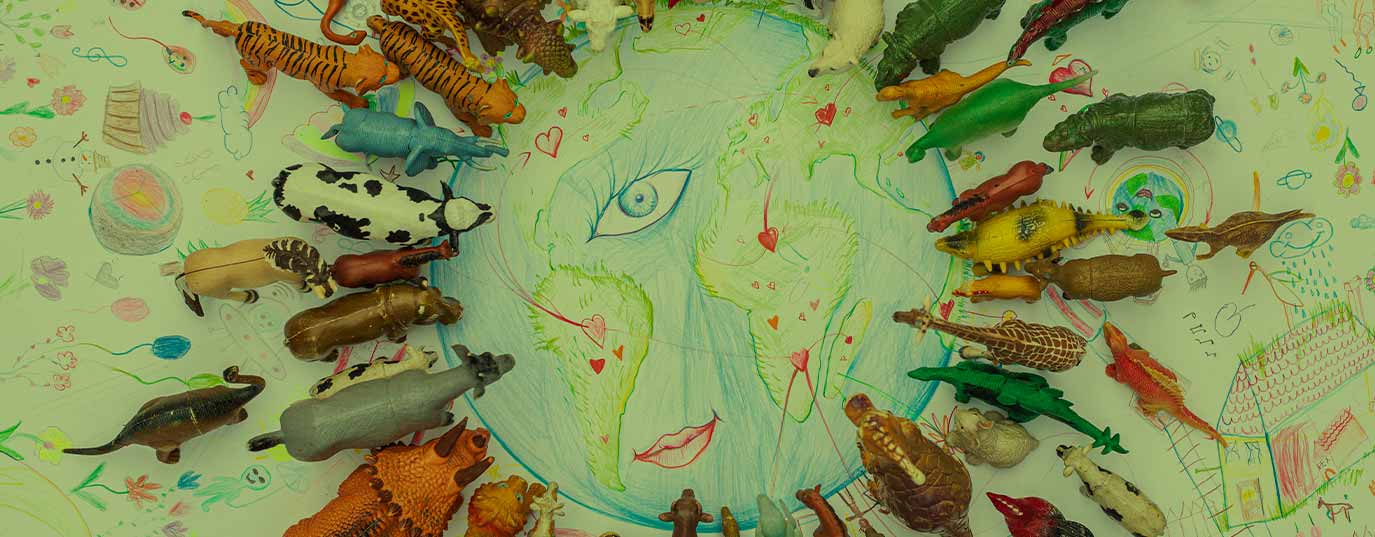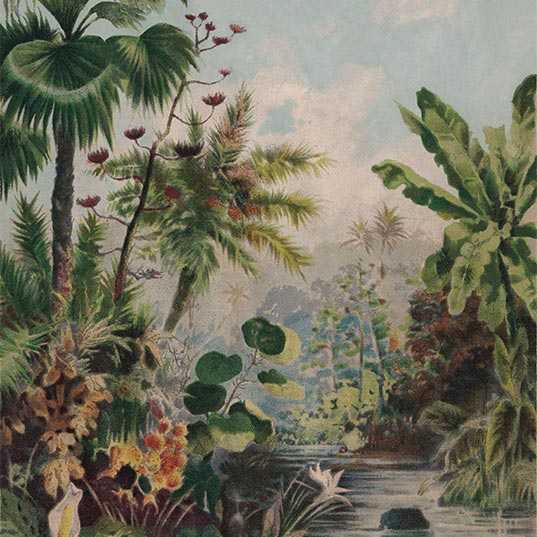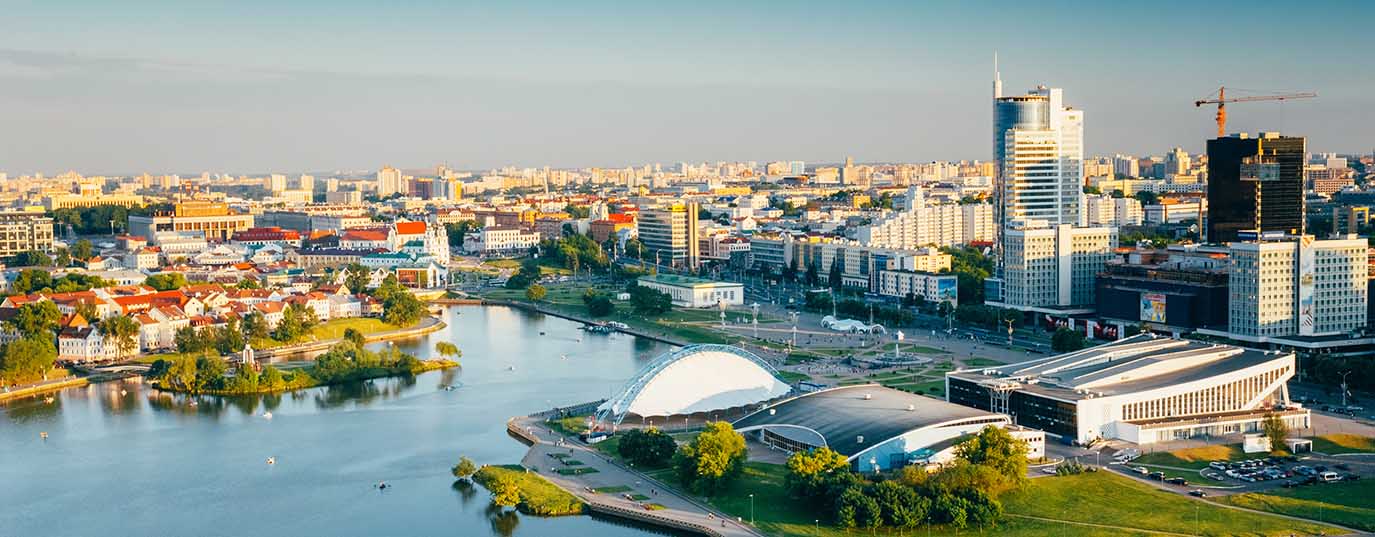Megadiverse countries and why they are vital for conserving the planet
Megadiverse countries are vital for the sustainability of the planet. How they conserve nature will define Earth’s future.
We overexploit upward of 50,000 wild species to cover our perceived needs. So says the Intergovernmental Science-Policy Platform on Biodiversity and Ecosystem Services (IPBES). This organization published a report analyzing the problem of prioritizing short-term benefits and economic growth to the cost of biodiversity protection.
A question which distances us from the 2050 United Nations goal of “living in harmony with nature”. A solution is at hand, however. It lies in so-called “megadiverse” countries, according to a recent study by the United Nations Development Programme (UNDP). These key environments for safeguarding the equilibrium of the planet present challenges and opportunities in keeping our harmony with nature.
What will I learn from this article?
- What is a megadiverse country?
- List of megadiverse countries
- Features
- Conservation of megadiverse countries
- Local action, global impact
What is a megadiverse country?
Biodiversity is not distributed uniformly across our planet. Megadiverse countries are those which contain the majority of the planet’s natural wealth. Some countries, especially in the Tropics, host much bigger concentrations of biodiversity than others. Together, these 17 nations are home to between 60 and 80% of life on Earth. The aim of this classification is to show how a small number of countries possess a large proportion of global diversity. Which, in turn, means they have a much greater political responsibility for environmental conservation and management.
“Megadiverse countries are home to between 60 and 80% of life on Earth”
The concept was aired for the first time in 1988 at a Biodiversity Conference held at the Smithsonian Institution in Washington DC. Its aim was to identify the biologically wealthiest nations on Earth, crucial to the planet’s survival.
Years later, on 18 February 2022, these countries got together in Cancun, Mexico, and formed the Like-Minded Megadiverse Countries (LMMC) grouping as a consultation and cooperation mechanism to promote their interests and priorities related to the conservation and sustainable use of biological diversity.
Which are the world’s megadiverse countries?
- Australia
- Brazil
- China
- Colombia
- Ecuador
- United States of America
- Philippines
- India
- Indonesia
- Madagascar
- Malaysia
- Mexico
- Papua New Guinea
- Peru
- Democratic Republic of the Congo
- South Africa
- Venezuela
Which features do these nations share?
To qualify as a megadiverse country, the main criteria is endemism. We call a species “endemic” if it lives naturally and exclusively in a defined geographical area. That is, such countries host a species that cannot be found elsewhere on the planet. As a function of this, a megadiverse country must fulfill the following two criteria:
- Have at least 5,000 endemic plants
- Have marine ecosystems within its borders.
The importance of preserving megadiverse countries
After it was formed in 2002, LMMC came up with a declaration reaffirming its commitment to comply with the aims of the Convention on Biological Diversity. Their document aimed at preserving natural space and using biological diversity sustainably. Among the main measures we find in the Cancun Declaration are the following:
- Coordinate efforts to present a common front in international forums on biodiversity.
- Promote biodiversity conservation in countries of origin and develop joint projects to carry out resource inventories.
- Invest in development and use of endogenous technologies to support the conservation of genetic material and sustainable economic activities at the local level.
- Ensure that the goods, services and benefits derived from the conservation and sustainable use of biological resources impact positively on development of local communities; among other objectives, improving food security and minimizing risks for the health of people, as well as preserving cultural integrity.
- Showcase the traditional knowledge of indigenous and local communities in conserving biological diversity, developing this knowledge and using resources sustainably.
- Establish legislative frameworks for creating incentives for the conservation and sustainable use of biological resources.
- Develop better scientific, technical and biotechnological cooperation, build up human resources and develop institutional research capacities.
Local action, global impact
 The main challenges for megadiverse countries are deforestation, overfishing and climate change. Indeed, in hosting such large natural wealth, it falls to these nations to tackle the majority of threats. The transformation of their ecosystems, and loss of biodiversity, will have global consequences.
The main challenges for megadiverse countries are deforestation, overfishing and climate change. Indeed, in hosting such large natural wealth, it falls to these nations to tackle the majority of threats. The transformation of their ecosystems, and loss of biodiversity, will have global consequences.
Take the Amazon, for example, a habitat shared by several countries. This ecosystem of over seven million square kilometers influences the global climate and is one of our last emergency brakes for global warming.
The scientific community warn that the region is reaching a critical point of no return due to – among other factors – deforestation, fires and global warming.
The consequences of this transformation will take place at local and regional level and affect both indigenous peoples as well as the countries of the region, which will suffer social, economic and climate impacts. But also, if deforestation of this huge jungle continues, it will not be long before they will be felt at world level.
The Amazon is our principal carbon sink. If it cannot hold on to CO2 and starts to emit its current reserves to the atmosphere, the temperature of the planet will increase exponentially, resulting in a climate change “bounce”.
What happens in the Amazon will affect us all. This is why the role of the 17 megadiverse countries in the planet’s sustainability is so vital. Their local decisions, and how they conserve nature, will define tomorrow’s Earth.
Sources:
https://www.biodiversitya-z.org/content/megadiverse-countries







